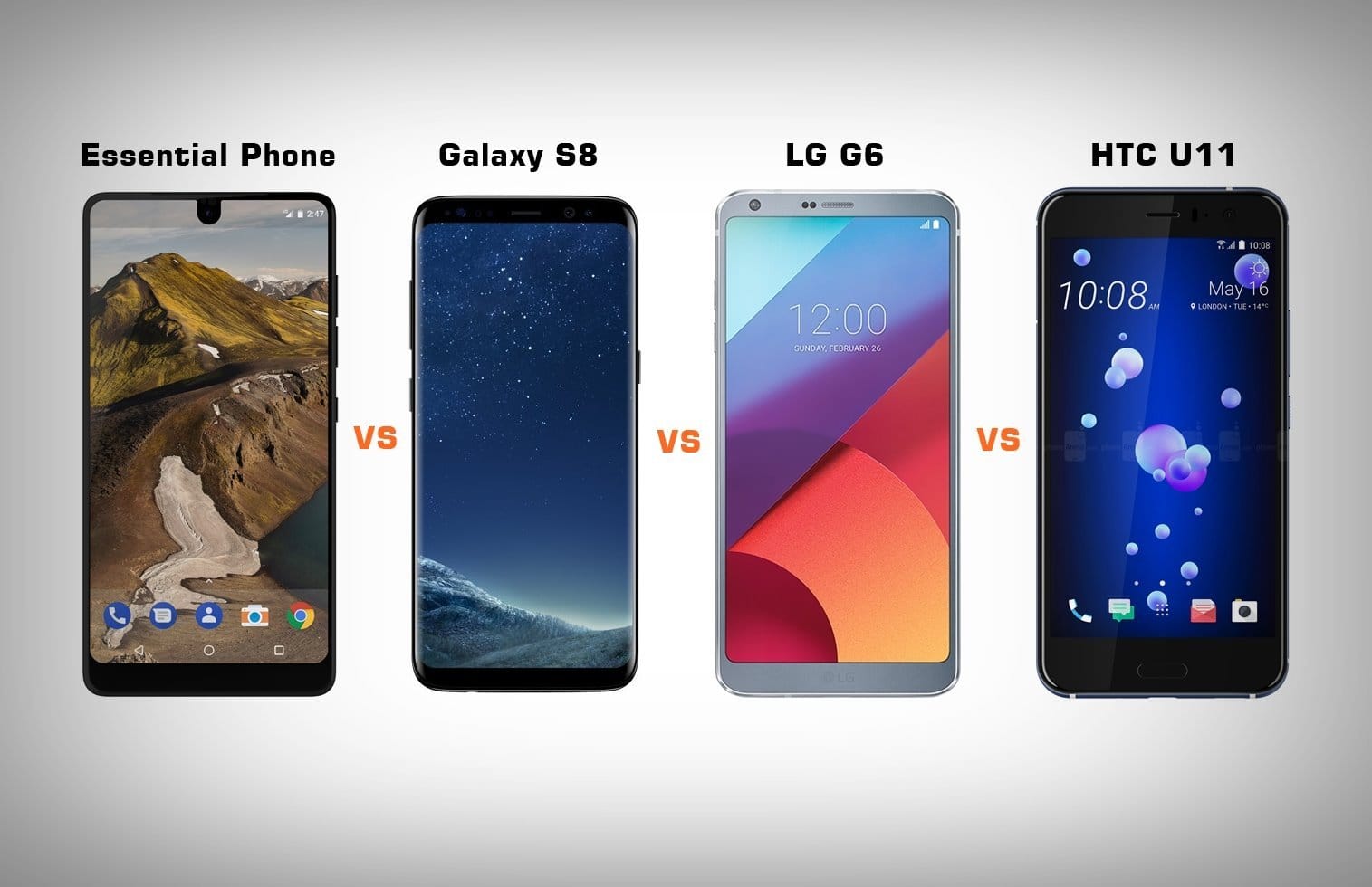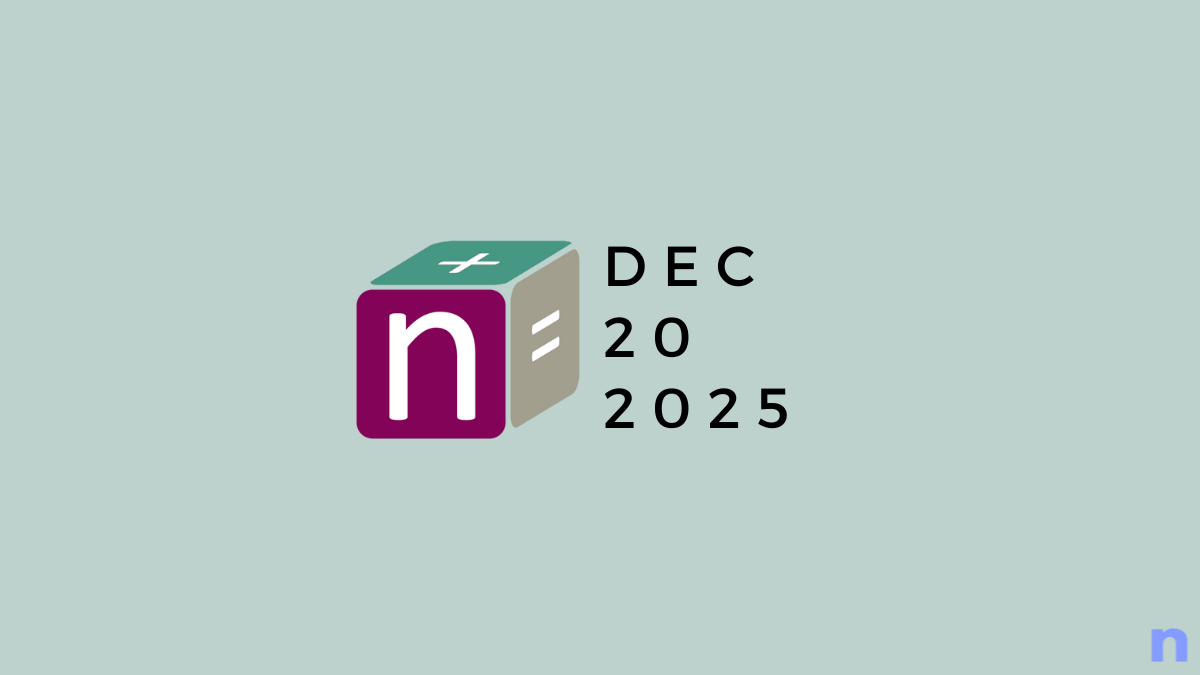There’s no denying the fact that we’ve all been drooling over the Samsung Galaxy S8 and S8+’s design ever since the company unveiled them last month. Admittedly, the LG G6 also has a pretty good design with almost minimal bezels.
But, to be honest, the Galaxy S8’s design looks much better. In fact, its design is currently considered to be the best as far as smartphones go. Right? WRONG! Well, that may be true until now. But, there’s a new phone in the equation now and trust us, calling it gorgeous would be an understatement. Which phone, you ask? Well, wait for it, it’s the Andy Rubin’s Essential Phone which has been launched today.
The Essential Phone while offering tough completion to the Galaxy S8 in terms of design, competes with it specs-wise as well. So, we decided to compare both these handsets neck-to-neck and see who wins. While at it, we added a couple of other smartphones, namely, the LG G6 and the recently launched HTC U11 into the equation. Because, why not?
Design
Let’s get this straight out of the way. The Samsung Galaxy S8 has so far been the best looking phone out there, thanks to its beautifully polished design. But, that’s changing today courtesy Andy Rubin’s Essential Phone.
It’s simple. It’s small (with a bigger screen estate). It’s elegant and glossy. In a nutshell, the Essential Phone is a USD 699 worth absolute gorgeousness masquerading as a smartphone (well, not literally, but you get the idea, right?). Another highlight of the smartphone’s design is that it’s made of titanium unlike other phones in the list which are made of aluminum. The company claims that the former is stronger, better, and less prone to scratches than the latter. We will, however, reserve our comments until we test the device for ourselves.
The LG G6 also has a neat design. Its beauty lies in its subtlety. The handset looks pretty good mainly due to the presence of a near bezel-less display. But, we have to admit the fact that it’s not as good looking as the Essential Phone or the Galaxy S8.
The shiny new HTC U11 doesn’t have a bezel-less display like the rest of the handsets in the comparison. However, it’s unique design language speaks for itself. Unlike earlier, the company now uses a glass body for the smartphone with side frames being made of metal. As far as design is concerned, we can’t simply ignore the HTC U11. However, we have to admit that its front looks pretty boring if not commonplace.
Overall, on the design front, the Essential Phone and Galaxy S8 take the first two spots followed by the LG G6 and HTC U11 respectively.
Specs
All the four smartphones more or less feature a similar set of specifications if you overlook the fact that the LG G6 had to make do with a slightly less powerful chipset.
While the Essential Phone, Samsung Galaxy S8, and the HTC U11 are all powered by a Qualcomm Snapdragon 835 chipset (all with slightly different clock speeds), the LG G6 has a Snapdragon 821 SoC under-the-hood. In terms of RAM too, all the four smartphones pack 4GB of RAM and offer at least 64GB of onboard storage (G6 comes in 32GB as well). Additionally, the HTC U11 offers 6GB of RAM too.
Also, all of them come with same resolution displays despite slight differences in their sizes. The Galaxy S8 comes with a 5.8-inch display, the LG G6 5.7-inch, HTC U11 5.5-inch, and the Essential Phone with a 5.71-inch display, all at QHD resolution. However, the pixel density varies from phone to phone owing to the fact that all of them have slightly different screen sizes.
The Galaxy S8 and LG G6 are IP68 certified water and dust resistant while the U11 is IP67 certified. There’s no information on whether the Essential Phone is water and dust resistant, though.
As far as battery capacities are concerned, the Galaxy S8, LG G6, HTC U11, and the Essential Phone have 3000, 3300, 3000 and 3040 mAh batteries respectively.
One upside the LG G6 has over other handsets is the fact that it comes with a quad DAC. Admittedly, the feature is limited to certain markets. But, it’s still there, right?
Camera
While LG G6 and the Essential Phone feature dual camera setup at the back, the Galaxy S8, and HTC U11 come with a single rear camera.
In terms of megapixel count, the Essential Phone gets a 13MP (Dual RGB + Mono camera with image fusion technology) + 13MP (True Monochrome mode) combo with a f/1.85 aperture. The LG G6, on the other hand, also has 13MP dual cameras on the rear. The implementation, however, differs on the LG’s handset. One of the 13MP sensors is a wide-angle lens, while the other is standard, OIS lens.
When it comes to the Galaxy S8 and the HTC U11, both of them feature a 12MP f/1.7 sensor. Most of you may already know that the Galaxy S8 packs a brilliant camera. On the other hand, the HTC U11 just dislodged the Google Pixel to become the highest DxOMark rated smartphone. So, we are pretty sure, the HTC U11’s camera is good too.
After looking at the specs, one thing is clear, all of them will ideally produce good quality images. Needless to say, there will be slight differences in the picture quality. The question is, how insignificant? Sadly, we can answer that question only after checking out all the handsets which could take a while.
At the front, both the Galaxy S8 and Essential Phone have 8MP cameras (with f/1.7 and f/2.20 aperture respectively) with the LG G6 and HTC U11 featuring a 5MP and 16MP sensors respectively.
The Essential Phone additionally gets support for a 360-degree camera which can be attached to the smartphone externally.
Software
The Galaxy S8 and LG G6 boot the Android 7.0 Nougat OS out-of-the-box while the HTC U11 and Essential Phone ships with Android 7.1.1 straight away.
LG and Samsung, this time around, seem to have worked pretty well on their own custom skins as the UI on both the phones looks cleaner and smoother than ever. Also, Galaxy S8 gets its own AI-based assistant in the form of Bixby while the LG G6, HTC U11 and Essential Phone, like any other Android device, gets the Google Assistant.
The HTC U11 also seems to have put in a quite lot of effort on the software side of things (for the Edge Sense) to get the squeeze functionalities working.
However, the Essential Phone has an edge over the others here as it ships with stock Android experience. And because it comes from Andy Rubin, the creator of Android itself, EP will probably get software updates much faster than other Android devices does. The man knows the value of having good and secure software running on a device.
Conclusion
It’s definitely a tough choice to pick one among these four handsets. All the four devices, the Essential Phone, HTC U11, LG G6, and the Samsung Galaxy S8 are great flagship phones.
It all boils down to your preferences now. If you want a simple, functional, and a no-gimmicks-phone, the LG G6 is your best bet. If you are still drooling over the Galaxy S8’s design and wouldn’t mind shelling out a few extra dollars, go on, purchase the Galaxy S8. You won’t regret it. In case you are slightly tight on budget and can’t spend more than USD 650, the HTC U11 should ideally be your choice.
However, if the Essential Phone turns out to be as good as it’s on paper, we will recommend you to slightly push your budget to USD 700 and grab the Essential Phone.













Discussion